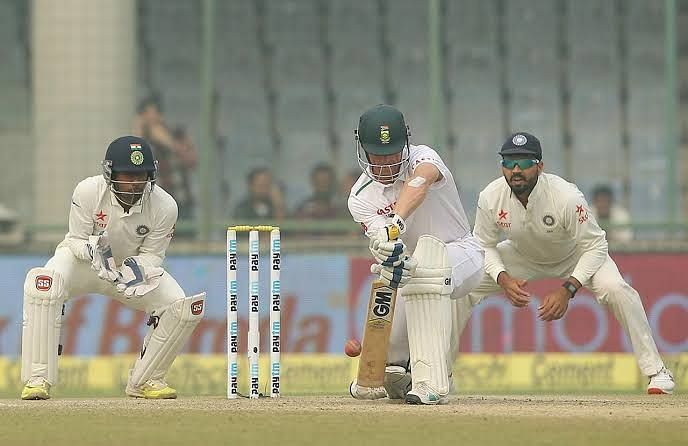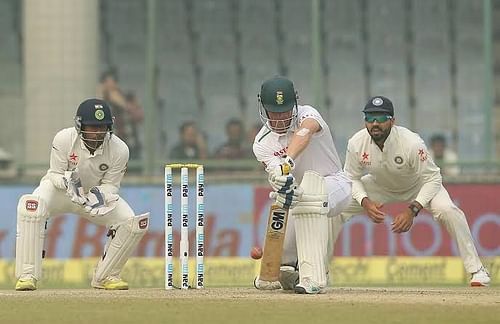
Four-Day Tests: Are four days really enough?

The International Cricket Council (ICC) is contemplating to make Four-Day Test matches mandatory as part of the World Test Championship from 2023. The rationale behind this move is to free the global cricketing calendar through the year to accommodate domestic T20 leagues. Matches played under four-day Test matches would likely see an increase in the minimum number of overs during a day from 90 to 98. In effect, this means that only 58 scheduled overs would be lost.
Also see – BPL Points Table
To explain the benefits of mandatory four-day Test matches, let's consider the matches during the period 2015 to 2023. Mandatory four-day Test matches would have freed up 335 days of scheduled cricket over the period. Furthermore, from 01 January 2018 to 31 December 2019, more than 60% of the test matches have concluded in 4 days or less. Therefore, amidst the discussions surrounding the global cricketing calendar being too dense, these numbers substantiate the need to introduce four-day Test matches.
However, the biggest source of criticism towards the move is likely to come from players themselves, who do not wish to tamper with the sanctity of the purest form of cricket. Another worrying point is that the move would adversely affect the chances for definitive results. This is what the remainder of this article aims to focus at.
Historically, general interest towards Test cricket had been plagued due to the high number of drawn matches and indefinitive results, which were said to be caused due to lack of competitive, sporting pitches used. However, once this issue has been taken up seriously by ICC and cricket boards around the world, there has been an improvement in the quality of pitches used in Test matches.
In the last 2 years (01 Jan 2018 to 31 Dec 2019), only 10.34% of the Test matches played have been drawn. In the 2 years before this period (01 Jan 2016 to 31 Dec 2017), 14.89% of the Tests played were drawn. In the 2 years prior to this (01 Jan 2014 to 31 Dec 2015), an astounding 23.45% of the Tests played were drawn. Hence, after continued efforts, we have reached a stage wherein the problem of high number of drawn Tests is no longer a topic of discussion.
Making four-day Tests mandatory is more likely to increase the number of drawn Test matches. The biggest source of reference are the first-class matches played around cricketing country leagues which are played over 4 days. So to get a perspective, you look for the data of number of drawn matches during the period 01 Jan 2018 to 31 Dec 2019 in the premier first-class competitions of India, England, Australia, and New Zealand.
Over the above mentioned period, a total of 251 matches have been played in Ranji Trophy (India), out of which a staggering 36.25% matches have been drawn. A total of 252 matches have been played in County Championship (England), of which 28.17% of the matches have finished as draws. In Australia's Sheffield Shield, 25.81% of the total 62 matches played have ended as draws. In New Zealand's Plunkett Shield, 24.07% of the total 54 matches played have finished as draws.
If the numbers given by first-class competitions are anything to go by, we can expect an exponential increase in the number of drawn Tests if four-day Test matches are made mandatory. An increase in the number of drawn Tests would adversely affect the fan interest towards Test cricket, which would somehow negate the purpose of World Test Championship.
Therefore, if ICC decides to make four-day Test matches mandatory going forward, it needs to take into cognisance how the probability of indefinitive results would substantially increase. Pitches would be required to be made all-the-more competitive and bowling-friendly in nature to ensure that we get a definitive result, while keeping in mind that the fans in general want an even contest between bat and ball.